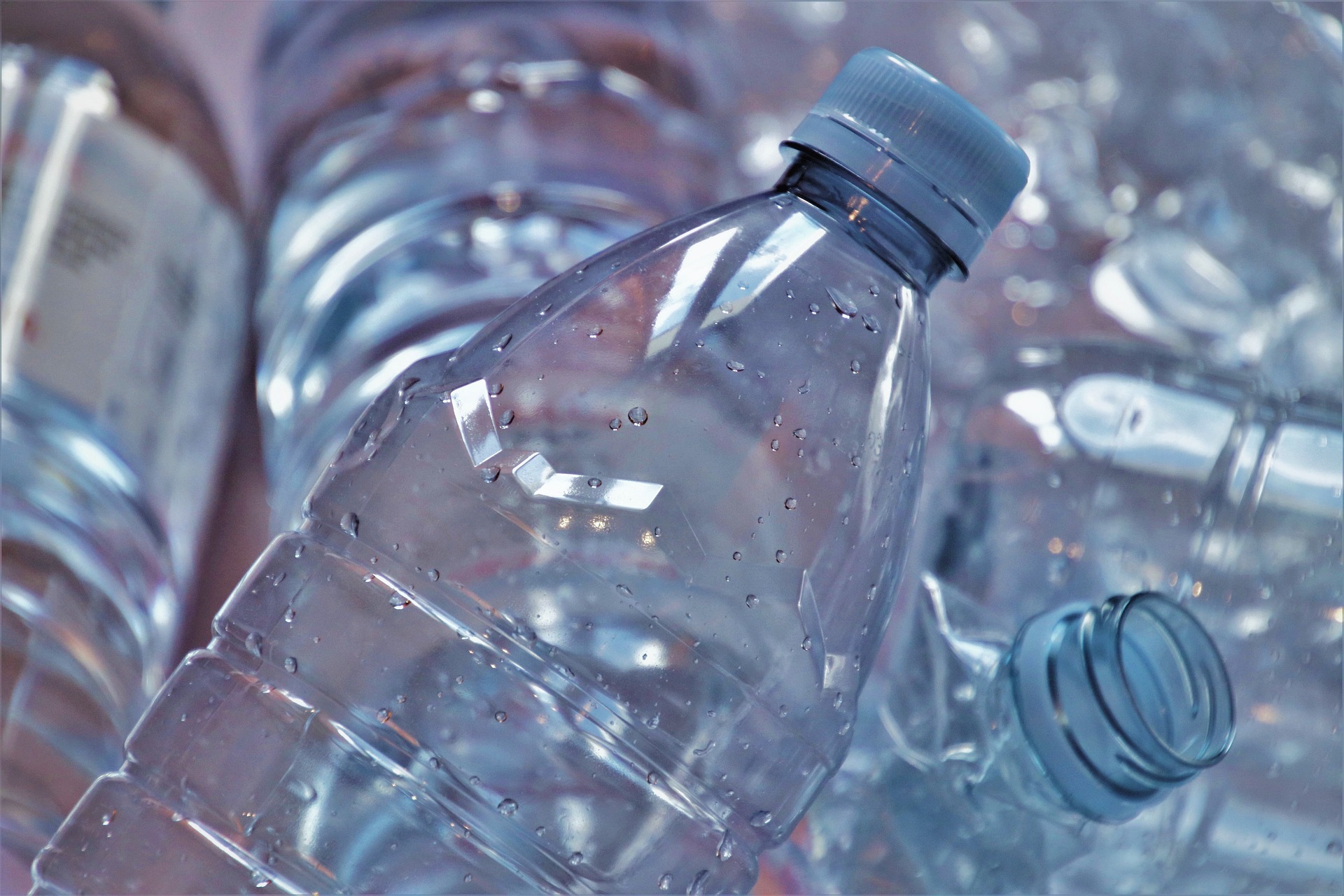Revolutionising packaging: The rise of post-consumer recycled content
by Verity Anipa at 11:27 in Packaging, Emerging, Circular Economy, Environmental

In an era where sustainability is not just a choice but a necessity, the push towards using recycled content in packaging is gaining more momentum. Industries worldwide are increasingly focusing on the circular economy model, which involves more and more countries introducing post-consumer recycled (PCR) content targets. PCR content refers to the portion of materials used in a product that has been recovered or diverted from the waste stream, reprocessed, and reintroduced into the manufacturing cycle. This approach not only breathes new life into materials that would otherwise contribute to landfills but also significantly reduces the environmental footprint of new products, particularly in the fields of food, cosmetics, and healthcare packaging.
De minimis requirements
One of the most common ways to mandate producers to include a certain percentage of PCR content is through legislation. These regulations are crucial for understanding how countries are pushing to incorporate recycled materials into our everyday products. Here are some examples of regions that have introduced mandatory PCR targets globally:
EU: The EU is targeting its fight against plastic waste with the introduction of the Packaging and Packaging Waste Regulation (PPWR), which sets ambitious recycled content targets for plastic packaging by 2030 and further increases them by 2040. Key targets include 30% recycled content for PET-based single-use plastic beverage bottles, 10% for other contact-sensitive packaging, and 35% for all other plastic packaging. These targets ensure that the recycled content is sourced and processed under stringent EU standards or equivalent. This move marks a significant step towards a circular economy, with certain exemptions and a detailed calculation method tailored to each manufacturing plant and packaging type.
North America: With no federal mandate in the US, the responsibility falls on individual states to set their own targets and regulations. Some states, such as California, are leading the charge with recycled content standards, requiring 25% PCR content in rigid plastic packaging containers and other plastic packaging.
APAC: India has mandated that beverage bottles, non-beverage bottles, and rigid plastic packaging containers incorporate 30% recycled content by 2025. In parallel, the nation targets a 10% inclusion rate for flexible plastics and sets a 5% threshold for multilayer plastics within the same timeframe, marking a significant stride towards environmental stewardship.
LATAM: Chile is looking to introduce requirements for recycled content in beverage bottles. The roadmap begins with 15% recycled plastic by 2025 and gradually increases to 70% by 2060.
One of the most critical aspects countries must consider when introducing PCR targets for packaging is ensuring that the materials meet functional and safety requirements. This often involves preventing any potential migration of harmful substances from the recycled material into the product, as well as upholding industry standards.
For instance, in the EU, recycled plastics intended for food contact must adhere to EU Regulation 2022/1616, which mandates the use of approved recycling processes verified through a technical dossier submitted to the European Food Safety Authority (EFSA). This includes conducting 'challenge testing' to assess the decontamination efficiency of the recycling process. Adhering to stringent industry standards and regulations is crucial, as it not only ensures product safety but also reinforces consumer trust in recycled content as a viable, sustainable packaging option.
How will recycled content be measured in packaging?
There is no universally accepted method to quantify the exact amount of recycled material in a product. Laboratory tests can verify its presence, but determining the precise quantity remains a challenge. Some of the ways you can calculate recycled content include:
- Controlled blending approach: This method focuses on blending recycled plastics with other materials in a specified ratio, providing evidence of recycled content claims through the physical tracking of the materials. This approach centers on tracing the physical journey of materials throughout the entire recycling process.
- Mass Balance approach: This method focuses on tracking all input and output materials. However, it doesn't always guarantee the traceability of materials throughout their journey, leading to the conclusion that the end product might contain recycled content, although it cannot be confirmed with certainty.
- Legislations/guidelines: Recycled content calculations can be introduced through legislation, such as the PPWR proposal, which indicates that the calculation rules for recycled content will be implemented through an implementing act in 2026. Additionally, voluntary guidelines, like the Australian Recycled Content Traceability framework, aim to support a nationally standardized approach to including recycled content in packaging. This guidance assists producers in accessing information on the material history, sourcing, and processing of recycled materials for successful supply chain traceability.
The industry tends to favor a practical solution: the mass balance approach. This method serves as a chain-of-custody model, ensuring traceability within supply chains and production processes where physical material segregation may not be feasible. It provides a practical and realistic way to navigate the complexities of diverse materials and suppliers, enabling businesses to credibly account for their use of recycled materials in a manner that is both manageable and meaningful.
Next Steps
The shift towards using recycled content in packaging represents a critical step forward in our collective journey towards sustainability. By rethinking our approach to waste and embracing the circular economy, countries can reduce their environmental impact, conserve virgin materials, and pave the way for a greener, more sustainable future. As countries navigate the regulatory landscape and overcome recycling challenges, the potential for recycled content in packaging continues to grow, promising a revolution in the way we think about and manage our waste. Curious about how this may affect your packaging in the future? Contact us today!
 Click here to receive regular updates on blog posts, webinars, and regulatory changes directly to your inbox
Click here to receive regular updates on blog posts, webinars, and regulatory changes directly to your inbox

